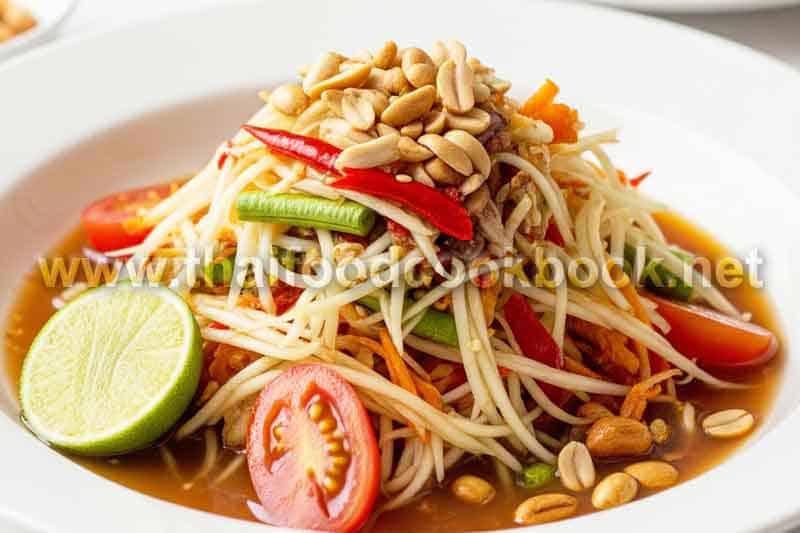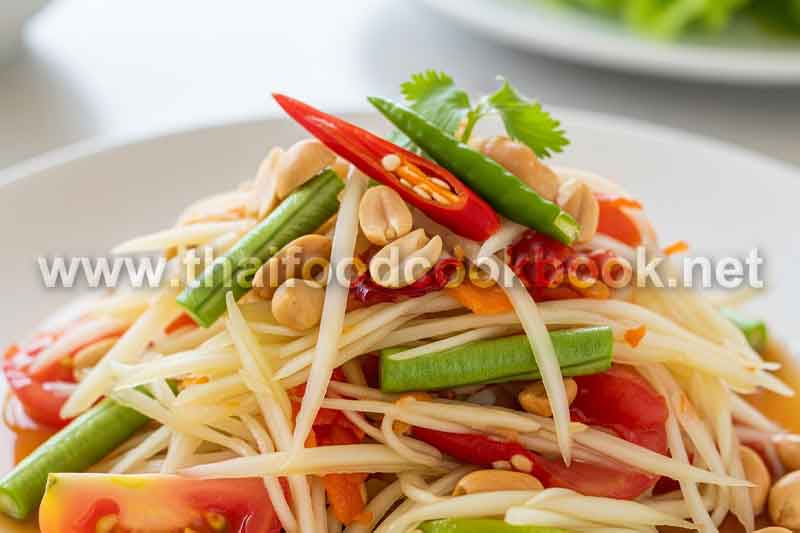A Food Blogger’s Guide to Thailand’s Street Food Culture
For many first-time travelers, navigating Thailand’s street food culture can feel overwhelming — from choosing safe stalls to understanding what dishes to try first, there are countless decisions tucked behind each sizzling pan and charcoal grill. Visitors often wonder which vendors are trustworthy, how to identify authentic flavors, or what etiquette applies when ordering at local street markets. As a food blogger who has spent years exploring hidden sois, bustling night markets, and morning fresh stalls, I help readers cut through this uncertainty by breaking down what to expect, how to eat like the locals, and which dishes represent Thailand’s culinary soul. This guide is designed to walk you through the textures, aromas, and cultural roots of Thai street food while showing how easy it is for anyone — even beginners — to feel confident and connected through food.
The Cultural Roots of Thai Street Food and Why It Matters
Street food in Thailand is deeply tied to everyday life: an extension of family kitchens, regional identity, and temple communities. Vendors often wake before sunrise to prep broths, curry pastes, and grilled meats that follow recipes passed down for generations. These stalls function not just as places to eat, but as micro-communities that preserve food heritage. The affordability and accessibility of street food also make it a mirror of Thai hospitality — everyone, regardless of status, can enjoy a delicious plate of noodles or curry at any hour.
Food bloggers often highlight that understanding the roots of Thai dishes is just as important as tasting them. Whether it’s the umami depth of Isan fermented fish or the coconut-cream sweetness of Southern desserts, each regional expression reflects migration, trade, and seasonality. Street food is also educational in ways restaurants rarely are: you can see the craft unfold right in front of you — mortar pounding, noodle tossing, charcoal roasting — cooking as spectacle and storytelling combined.
5 Famous Street Food Recipes You Can Cook at Home
Below are five iconic recipes, written with ingredients and method step-by-step so you can recreate an authentic taste at home:
- Pad Thai (ผัดไทย)
Ingredients (for 2 servings):
– 160g rice noodles
– 120g firm tofu, diced
– 2 tbsp tamarind paste
– 1.5 tbsp fish sauce
– 1 tbsp palm sugar
– 1 egg
– 50g bean sprouts
– 20g chives, chopped
– 1 tbsp oil
Method: Soak noodles 10 minutes. Heat oil, fry tofu, crack egg, scramble lightly. Add noodles, tamarind paste, fish sauce, and sugar, toss until glossy. Add bean sprouts and chives at the end and serve with lime. - Som Tum Thai (ส้มตำไทย)
Ingredients (2 servings):
– 1 cup shredded green papaya
– 1 clove garlic
– 1–2 Thai chilies
– 1 tbsp fish sauce
– 1 tbsp lime juice
– 1 tbsp palm sugar
– 1 tbsp roasted peanuts
Method: Pound garlic and chili, add sugar and fish sauce, mix with lime juice. Toss papaya and peanuts gently until coated. - Moo Ping (หมูปิ้ง)
Ingredients (8–10 skewers):
– 400g pork shoulder, sliced
– 2 tbsp soy sauce
– 1 tbsp oyster sauce
– 1 tbsp palm sugar
– 1 tbsp coconut milk
Method: Marinate pork 30 minutes. Skewer and grill over medium charcoal, brushing with coconut milk for a glossy finish. - Tom Yum Goong (ต้มยำกุ้ง)
Ingredients (2–3 servings):
– 300g prawns
– 3 cups water or stock
– 2 stalks lemongrass
– 3 slices galangal
– 3 kaffir lime leaves
– 2 tbsp fish sauce
– 1 tbsp lime juice
– 2–3 chilies
Method: Boil herbs in stock, add prawns, season with fish sauce and chilies. Remove from heat before adding lime juice for brightness. - Khao Niew Mamuang (ข้าวเหนียวมะม่วง)
Ingredients (2 servings):
– 1 cup sticky rice
– 150ml coconut milk
– 2 tbsp sugar
– pinch of salt
– 1 ripe mango, sliced
Method: Steam sticky rice, warm coconut milk with sugar and salt. Mix rice with coconut milk and rest 10 minutes. Plate with mango slices.
10 More Popular Thai Street Food Dishes (Must-Try List)
- Khao Kha Moo (Braised pork leg rice)
- Boat Noodles (Guay Tiew Rua)
- Kanom Buang (Thai crispy crepes)
- Yen Ta Fo (Pink noodle soup)
- Pad Kra Pao (Basil stir-fry)
- Chicken Satay
- Hoy Tod (Crispy oyster omelette)
- Khao Man Gai (Hainanese chicken rice)
- Khanom Krok (Coconut pancakes)
- Thai Iced Tea (Cha Yen)
How to Choose Authentic Vendors and Eat Like a Local
When exploring Thailand’s bustling markets, locals rely on visible freshness, steady crowds, and well-kept prep areas. The best vendors typically prepare sauces and broths fresh each day and keep ingredients uncovered only while cooking. Ordering is simple: smile, point, or say the name of the dish — most vendors understand foreigners very well. Street seating often means shared metal stools or mini tables, reflecting the relaxed rhythm of Thai dining culture.
If you want to go deeper into regional experiences: Bangkok offers the widest variety of late-night vendors, Chiang Mai leans toward herbal and northern curry styles, while Phuket and Southern provinces emphasize coconut, turmeric, and seafood. Trying different neighborhoods is the easiest way to “travel through flavor” even within one city.
Regional Highlights and Night Market Tips Travelers Love
Many travelers associate Thai street food with neon signs and shoulder-to-shoulder stalls, but some of the richest flavors hide in family alleys where recipes never left home kitchens. Night markets like Ratchada Train Market, Chiang Mai Gate Market, and Phuket Old Town Market combine atmosphere with specialty snacks you rarely see in restaurants. Bringing cash in small notes, visiting earlier for fresher selections, and observing how locals line up guarantee a better dining experience.
Summary
Thailand’s street food culture represents history, identity, and culinary craft passed between generations. From iconic Pad Thai sizzling over steel woks to soulful grilled pork, the flavors of everyday life live in markets more than restaurants. Anyone curious to explore can taste regional traditions through herbs, smoke, spice, and heat, and with a little background knowledge, ordering becomes effortless. For readers who want to go even deeper, more historical context about Thai food traditions can be found through trusted culinary resources such as Thai cuisine, which helps frame the cultural influences behind the dishes you find on every street corner.

